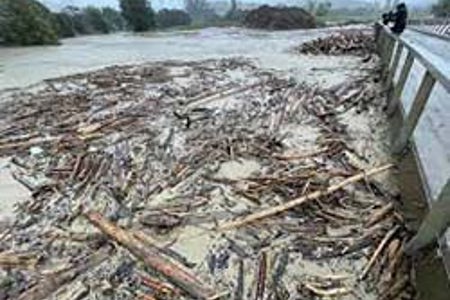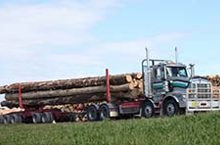
The 2023/24 Annual Plan for Gisborne District Council was adopted by the Council recently, focussing on the region’s immediate needs and recovery, following three State of Emergency events this year.
The Annual Plan outlines where Council’s funding in the next financial year (1 July 2023 to 30 June 2024) will be spent.
“It’s different from past annual plans as we’ve had to make important changes to workstreams and budgets set in the 2021-2031 Long Term Plan in order to reprioritise funds to our immediate to medium-term needs,” says Council Chief Executive, Nedine Thatcher Swann.
New workstreams centred on recovery include provision of $65m for roading emergency works, $26.4m for clean-up and disposal of sediment and debris on land and in waterways and a further $6.9m to support clean–up for commercial properties.
Along with funds for a new Forestry Taskforce to identify locations where forestry debris is at risk of being mobilised in future storm events, budget has also been allocated to increased resourcing for Recovery Co-ordination and the expansion of the Land Management Team to support increased freshwater plan and land management regulation coming into effect.
Ms Thatcher Swann says for most residents, there will be a rates increase of 6.5 percent, adding: “Income from rates alone is not enough to support the challenges that our region faces. Government funding will be critical to implement the work we need to achieve over the next 12 months.
“The funding we’ve asked for will support us with road and bridge reinstatement, removal of woody debris from waterways, increased monitoring and compliance of forestry practices and increasing flood protection.”
She says key projects in the 2021/2031 Long Term Plan will still be delivered as promised, including Kiwa Pools (funded by $40m from the Government), the Wastewater Treatment Plant upgrade and township upgrades.
“We’re also focused on ensuring our communities are safe, connected and protected as we work towards our region’s recovery.
“There are major changes and challenges ahead of us and we will have to rely heavily on investment from central government as we look to build the future resilience of Te Tairāwhiti.
“Our longer-term recovery journey involves developing community plans that enable communities to live the lives that they value,” she adds.









